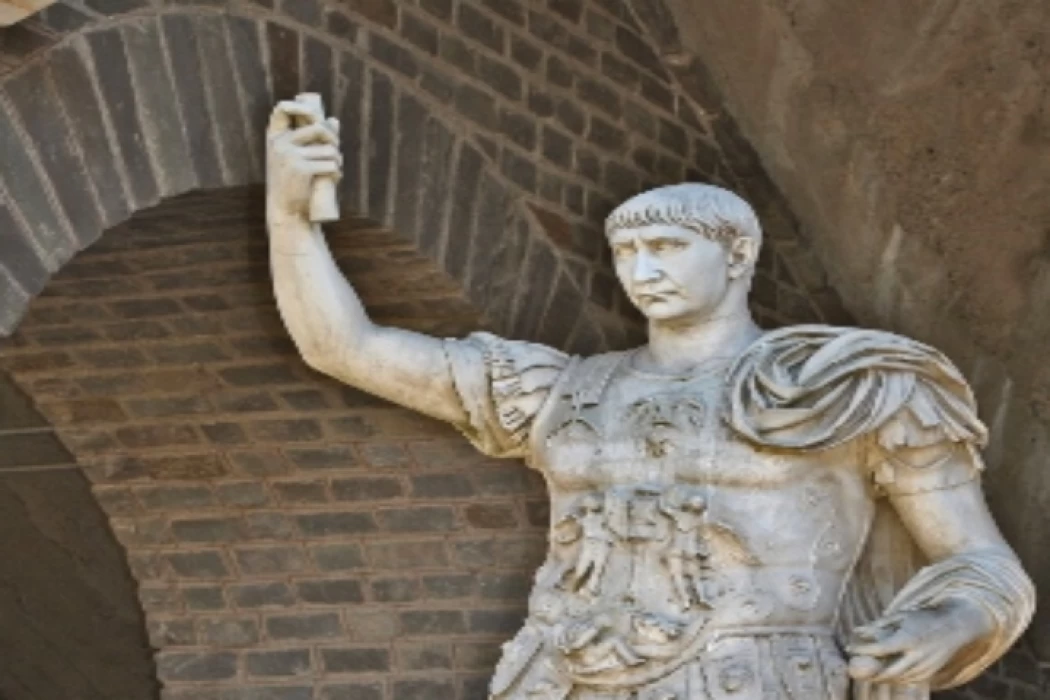
Emperor Trajan of Rome
When was Trajan born
Due to the fact that he was of provincial stock and took up relatively lowly positions initially, Trajan was part of the provincial milieu. He also was the first emperor in history who was not born within the boundaries of Italy, and this development once again displayed some change in the idea of the emperor: it was no longer only the inhabitants of the city of Rome who could aspire to the higher offices.
Trajan’s birth transpired on 18th September of the year 53 A.d. in Italica, located in Southern Spain. To his credit, he was of Italian colonists who are immigrants, and even rose in the aristocratic house of the Vlpii (since his name was Marcus Vlpius Traianus). Yet clearly he was a synecdoche to the empire. His elevation to that position of power came with the ascension of the very region he was born in: Roman Spain was at its prime during that period.
The gravely ill Roman emperor Nerva, having survived an insurrection led by the Praetorian Guard, began to reflect on the transient nature of existence and the crucial need to find an heir as soon as possible. Since he did not have his own children to take care of, he came to the conclusion that coalosceonu (aka) was the fastest route to take. It was not a hard decision. Recently inaugurated to the position of Governor of Upper Germany, adoptive ‘son’ in Rome Marcus Ulpius Traianus better known as Trajan unexpectedly turned again to refrain from any conflict. On 28 January 98 AD, Nerva died of natural causes and Trajan was quickly named emperor of Rome by the Roman Senate, the second of the so-called Five Good Emperors.
Trajan did not go back to Rome right away after Nerva's death in January 98 CE. Instead, he inspected the borders of the Rhine and Danube, not only to protect himself from the Dacians, but also to test the allegiance of many legions still loyal to Domitian. Eventually, in the summer of 99, he reached the city of Rome, travelling on foot and interacting with its inhabitants including the senators. AD 61-112 Pliny the Younger was a lawyer, author and an administrator of the province of Bithynia, who often wrote to emperor Trajan on various subjects.
what did trajan do
Despite his excellent rapport with the Senate, he was still regarded as an absolute monarch, not to the same extent as Domitian and even to a lesser degree than Nerva. A critic once said of him, “Above all, let it be noted that he was more just than brave and that he was the simplest of men,” said Dion Cassius. On one hand, worrying about good governance and public health, he carried out an excellent internal policy - taking care of the orphaned children and the rehabilitation of the dilapidated road network, alongside the construction of more bridges, aqueducts, public toilets, and an advanced harbor at Ostia. Last of all, he pursued the same course as his predecessor, that is, most of the works of damage that Domitian had caused were undone because the emperor freed inmates and brought back refugees.
Trajan accomplishments in Egypt
In the year 98, Emperor Trajan came to power after Domitianus, and at the beginning of his reign he was very busy with the affairs of Europe, however, two serious projects were carried out in Egypt during his reign:
Trajan restored the Ptolemaic Bay, which connects the Nile to the Red Sea, which had been neglected and its sides had collapsed, so Trajan restored it and increased its length significantly until it reached Babylon after passing through the city of Ain Shams, and there is no doubt that it is the current bay itself, and it was restored again and slightly increased in length (due to the transformation of its course) in the Islamic era.
The second project is the construction of the great Babylonian citadel, the remains of which are now known as the Wax Palace, which for this era includes six of the oldest Christian churches in Cairo, but when this citadel was built, there was only one church within its walls, which is now known as Abu Sarja, and the reader should know that Trajan's citadel is different from the old citadel mentioned by the historian “Estrabo” and was located south of the Wax Palace near the current Babylon Monastery.
There has to be a pre-existing canal that Trajan’s canal which was built to link the Red Sea to the Nile in Cairo was excavated on. Dredging this canal was clearly for the benefit of trade, though canal undoubtedly expanded agriculture by creating arable land on the two flanks of the canal.
How did trajan die
In 117 AD, Emperor Trajan, the head of the Roman Empire, suffered a stroke. First things first, after it became clear that Trajan’s health was deteriorating, they made a rushed departure to Italy. Later on he would proceed to Selenus, where he was destined to die. Death of emperors in Ancient Rome is a subject filled with much pain fueled even higher by extreme hatred, especially when compared to previous Roman empires and anyone within the period he lived in, his death is perhaps the saddest of them all.
The different ancient historians are mostly agreed that he was a good emperor. According to Cassius Dio in his writings, he made a very good and just emperor. It is incontestable that in the Roman history of the emperors, Trajan was one of the best as was the case with Marcus Aurelius.














